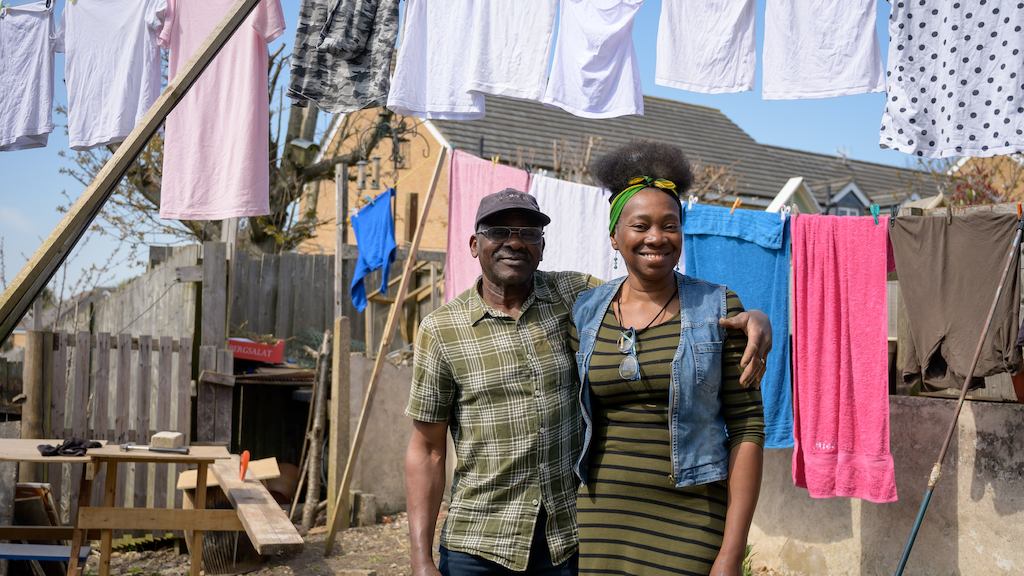This is bad news for older people. But it is also bad news for the local community which misses out on all the contributions that older people can make to a community. Everybody loses.
Design of local places and spaces don’t think about your needs
Research has shown that pedestrian crossings in the UK do not allow sufficient time for the majority of adults above the age of 65 to safely cross the road in time.
The impact of such a small thing can be significant. Not feeling safe or feeling harassed using a pedestrian crossing may dissuade someone from walking into town. They then miss out on the benefits of active transport which helps to delay the onset and progression of many age-related health conditions.
The provision of public benches can help encourage older people to walk into their local community, knowing there is somewhere where they can catch a quick breather if needed.
But there are examples where design and appearance of benches has been prioritised over comfort and accessibility, meaning they may not have a back support, be at the wrong height or lack rails or aids to help users with mobility issues to get up or down.
All of this can be avoided by simply asking the people likely to use the benches the most what they need from their design. Our new Age-friendly Communities Handbook offers advice on how local authorities can involve older people in their decision-making.
The spending priorities of local services overlooks older people’s needs
Local authorities’ spending on many community services continues to decline, and it is often the services that older people rely on that are disproportionately hit.
Since 2010, many community services funded by local authorities have seen a significant reduction in budgets including 20% reductions in spending on local parks and open spaces, the halving of spending on public toilets and reductions of 45% in library services budgets.
Such a reduction can have a big impact on people’s lives. Research has shown that a lack of public toilets prevents up to one in five older people from leaving their house.
The loss of public toilet facilities may hamper older people’s ability to use a park to volunteer, socialise or exercise.
Digital exclusion and the cashless society
The WEC report warns some older people are at high risk of digital exclusion from essential services and criticises the “considerable failure of government” not to have updated the UK’s digital inclusion strategy in over a decade.
The committee found digital exclusion was being exacerbated by years of squeezed local authority budgets and a move to “digital by default” services, particularly since the Covid-19 pandemic.
The digital revolution in parking apps has allowed local authorities and car parking companies to collect revenue without the cost of maintaining or emptying ticket machines. Many shops, cafes and restaurants are cashless and with increasing numbers of self-checkouts.
But what if you don’t own a smartphone because of their expense, or find one difficult to operate, or live in a rural area where internet connections are hard to come by? What if you don’t feel comfortable using self-checkouts? Will businesses have sufficient staff on hand to help in a timely manner?
Assuming everyone is a digital native and will be able to cope with the sweeping away of non-digital options is ageist and risks cutting off some older people’s social interaction and involvement in their local community.
Excluded from the picture
We live in a very visual world. Walk into your community and you will be bombarded with images in shop windows, on billboards, on bus shelters. But in how many of these images do you recognise yourself being represented?
While the 50+ age group makes up a considerable proportion of our population, fewer than one in three TV adverts feature a character in that age group. People aged 65+ are featured in only around one in 20 adverts.
This can leave older people feeling like they are excluded from their communities. How would you feel seeing a giant hoarding for a new urban development in your community but among the people represented as the properties’ desired tenants, not a single person has a grey hair or looks within 20 years of your age? Would it indicate to you that those who are reshaping your community, did not see a place in it for you?
